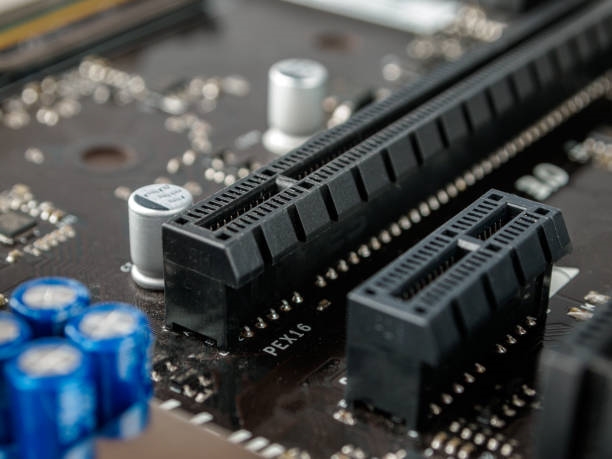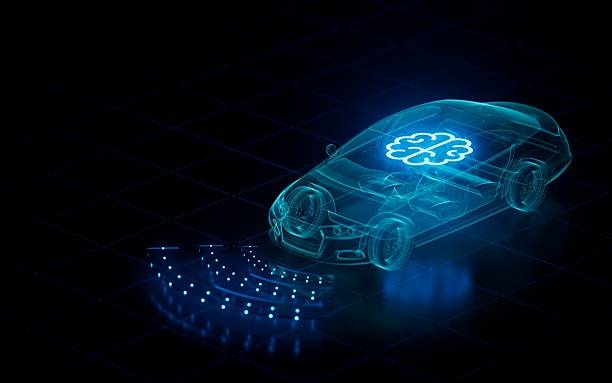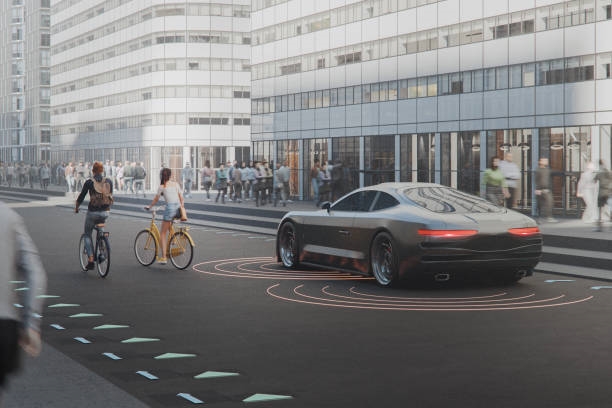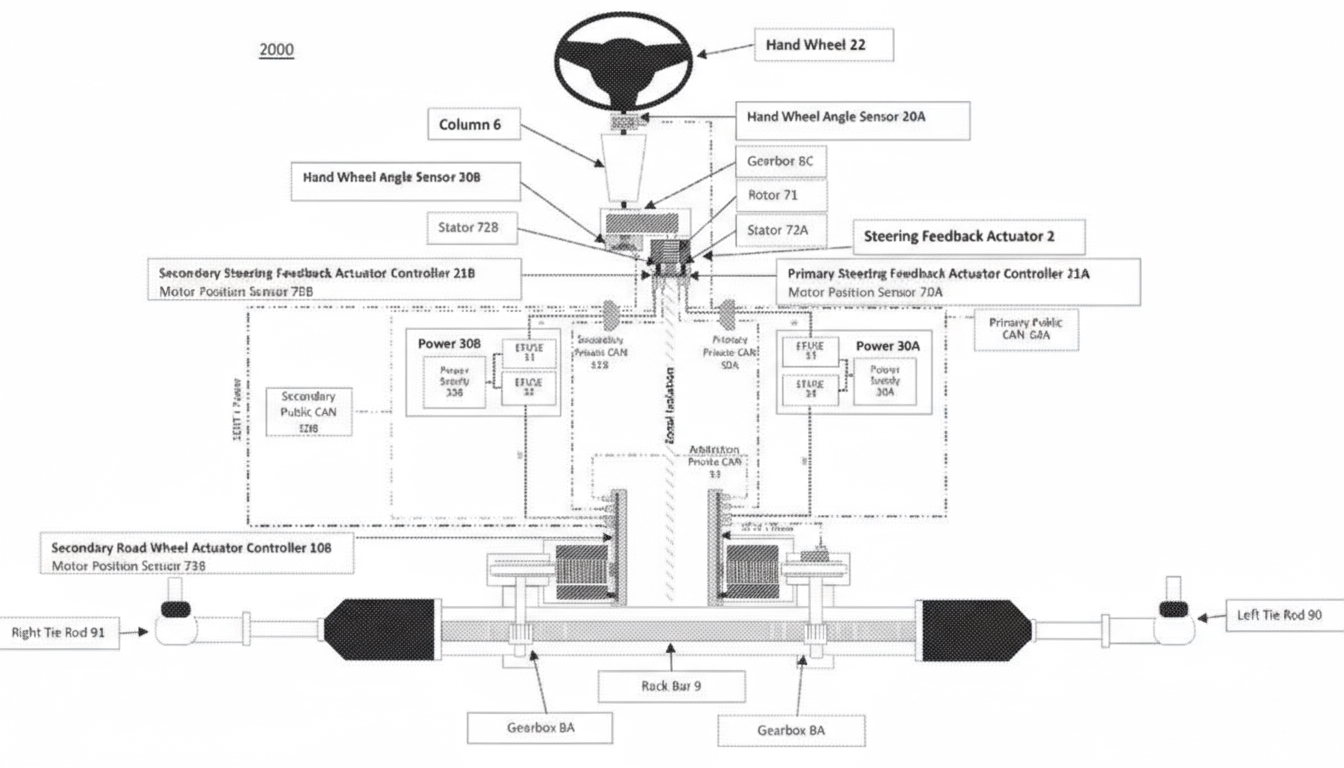X-in-1 powertrain systems integrate multiple power transmission components into a single system. This approach improves overall performance, reduces size and weight, lowers the bill of materials (BoM) cost, and increases power density.
One example of this integration trend is BYD's 8-in-1 system. As the global push for sustainable energy and eco-friendly mobility intensifies, Silicon Mobility has introduced a groundbreaking advancement in electric vehicle (EV) powertrains through its OLEA U series of field-programmable control units (FPCUs).
This article provides a technical overview of this technology, helping readers understand its role in enhancing performance and integration in EV systems.
Part 1: What Is an X-in-1 Powertrain System?
Conventional EV powertrain architectures often involve three separate electronic control units (ECUs) or systems, utilizing up to seven microcontrollers (MCUs), digital signal processors (DSPs), or field-programmable gate arrays (FPGAs).
The OLEA U series FPCU offers a single-chip control solution that consolidates these functions into one microcontroller. This integration simplifies system architecture while improving both performance and integration density.
In particular, the OLEA U series FPCU excels in traction inverter control, enabling field-oriented control (FoC) operations at around 1 MHz. This includes critical processes such as PWM updates, current sensing, and position feedback.
Part 2: What Is an FPCU?
An FPCU (Field-Programmable Control Unit) is a real-time processing and control unit with programmable hardware and software. It combines a standard CPU core with AxEC (a flexible logic unit), enabling both high-level software execution and fast-response, real-time control. The hybrid architecture integrates two types of processing units capable of interfacing directly with actuators and sensors.
The OLEA U series is Silicon Mobility¡¯s second-generation FPCU, delivering greater computing power, higher precision, and more integrated functionality for vehicle electrification. Designed for software-defined vehicles (SDVs), zonal E/E architectures, functional consolidation, and advanced control algorithms, this series supports the secure and efficient parallel execution of multiple functions on a single chip.
Key Features of the OLEA U Series:
- Second-generation FPCU with enhanced control capabilities
- AxEC 2.0: Up to 4 flexible logic unit (FLU) libraries for improved real-time performance
- SILant 2.0: Safety and deterministic operation across multicore and FLU environments
- Configurable Hardware Security Module (HSM) with EVITA compliance
- Up to five Cortex-R52 cores for high-performance computing
- Standby subsystem for improved energy efficiency
- Program and data eFlash for non-volatile storage
- Support for CAN FD, CAN XL, and Ethernet protocols
- ISO 26262 ASIL-D design-ready certification for functional safety
- ISO/SAE 21434 certification for cybersecurity compliance
- AEC-Q100 Grade 1 qualified to meet automotive quality standards
Silicon Mobility also offers the OLEA LIB and OLEA COMPOSER tools to support model-based design and automated code generation. With model-in-the-loop simulation and code generation via MATLAB/Simulink, the development process is significantly streamlined and more efficient.
The OLEA U series FPCUs are capable of integrating control for multiple subsystems, including traction inverters and electric motor drives, DC-DC converters, power factor correction, onboard chargers, fuel cell air compressors, battery management systems (BMS), thermal management, and electric compressors.
Conclusion
With the OLEA U series FPCUs, Silicon Mobility envisions a promising future for EV powertrain systems. This technology not only enhances performance but also reduces system costs¡ªfacilitating broader adoption and further advancement of electric vehicle technologies.
As innovation continues, we can expect to see more integrated and intelligent solutions like this in the next generation of electric vehicles.
 ALLPCB
ALLPCB







